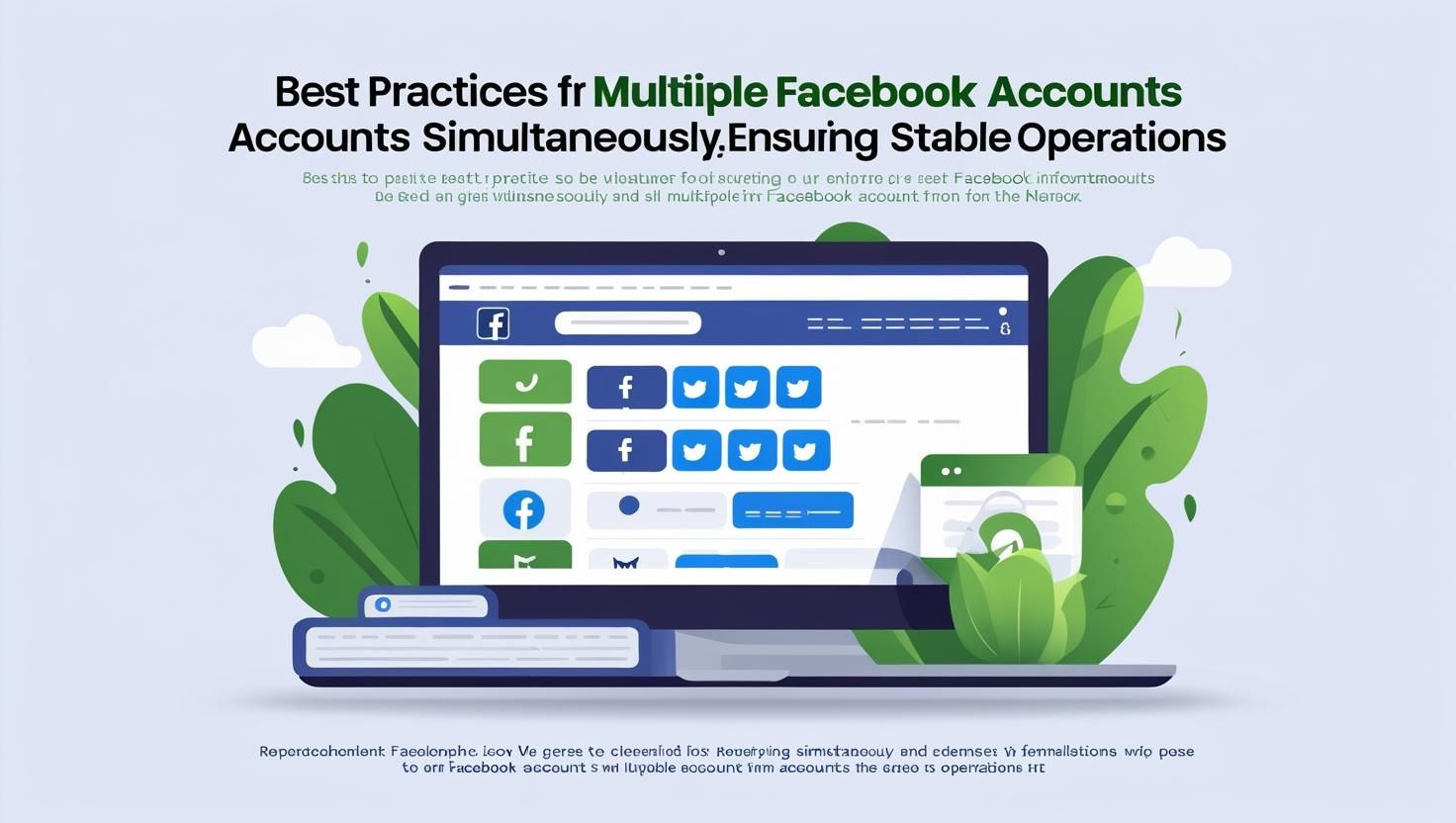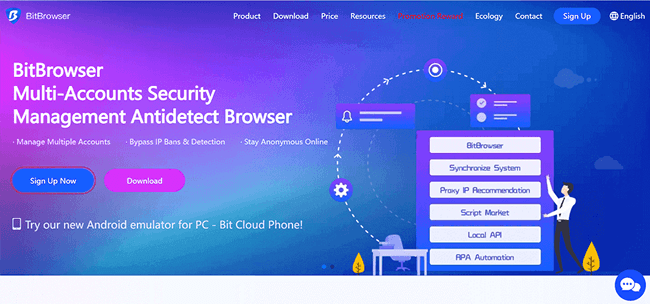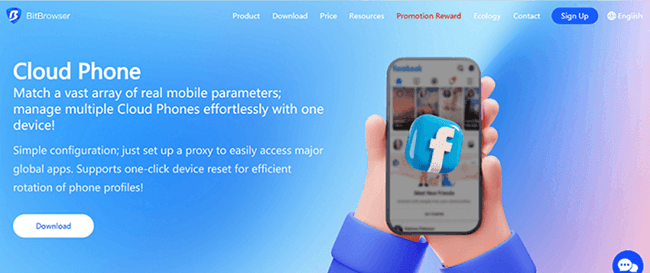


The 9 Essential Types of API Testing: A Complete Guide
 2025.08.27 13:34
2025.08.27 13:34APIs (Application Programming Interfaces) are the backbone of modern software systems. They allow applications, services, and platforms to communicate with each other seamlessly. However, since APIs handle critical data transmission and business logic, ensuring their reliability, performance, and security is non-negotiable.
That’s where API testing comes in. It validates whether APIs are functioning as expected, can handle different workloads, remain secure, and don’t break when changes are introduced.
Below, we’ll dive into the 9 essential types of API testing, their purpose, and why each matters.

1. Smoke Testing
Purpose: To check if the API is fundamentally working after development.
Smoke testing is a quick validation step done once an API is built. It ensures that the API endpoints are reachable, return the correct status codes, and perform basic expected operations without breaking.
- Example: Sending a simple GET request to check if the server responds with a
200 OK. - Benefit: Saves time by catching early issues before deeper testing begins.
2. Functional Testing
Purpose: To verify the API meets business and functional requirements.
Here, a test plan is created based on documented requirements. The responses from the API are compared with expected results to confirm correct behavior.
- Example: Testing whether an e-commerce API correctly returns the price, stock status, and shipping options when given a product ID.
- Benefit: Ensures the API delivers the exact functionality users and applications depend on.
3. Integration Testing
Purpose: To test how multiple APIs or services interact.
Modern applications rarely operate in isolation. Integration testing checks end-to-end workflows where several APIs must work together and communicate properly.
- Example: Verifying that when a user places an order, the payment API, inventory API, and shipping API all interact smoothly.
- Benefit: Detects issues in inter-service communication and data transmission
4. Regression Testing
Purpose: To make sure new updates don’t break existing functionality.
When APIs are updated (bug fixes, new features, or refactoring), regression testing ensures the changes don’t negatively impact previously working features.
- Example: After adding a new payment method, running tests on existing payment APIs to confirm old methods (credit card, PayPal) still work correctly.
- Benefit: Prevents unexpected failures in production due to unnoticed side effect
5. Load Testing
Purpose: To check performance under expected workloads.
Load testing simulates real-world traffic to analyze how an API behaves when multiple users or applications access it simultaneously.
- Example: Simulating 1,000 users logging into an API at the same time.
- Benefit: Helps determine the capacity of the system and plan for scaling.
6. Stress Testing
Purpose: To push the API beyond normal capacity.
Unlike load testing, which simulates expected traffic, stress testing deliberately generates extreme conditions to see how the API responds when overwhelmed.
- Example: Flooding the API with 10x the expected requests.
- Benefit: Identifies breaking points and helps design graceful failure mechanisms.
7. Security Testing
Purpose: To protect against vulnerabilities and external threats.
Security testing checks whether the API is resistant to attacks, data breaches, and unauthorized access.
- Example: Testing for SQL injection, API key misuse, token expiration, and data leakage.
- Benefit: Protects sensitive data, ensures compliance, and builds user trust.
8. Validation Testing
Purpose: To check if the API design meets business goals and standards.
This is often performed at the end of the development cycle. It goes beyond functionality to validate whether the API is usable, reliable, and aligned with project objectives.
- Example: Reviewing if the API documentation is clear, response codes are standardized, and error messages are helpful.
- Benefit: Confirms the API is ready for production and adds value to stakeholders.
9. UI Testing (Optional but Important)
Purpose: To ensure the API works correctly with the application’s front end.
Since APIs often power user interfaces, UI testing ensures that what the user sees reflects accurate and timely API responses.
- Example: Checking that a weather app correctly updates temperature data on the UI when the API changes.
- Benefit: Enhances user experience by validating API–UI integration.
Final Thoughts
API testing is not a one-time activity—it’s a continuous process that ensures stability, scalability, and security as systems evolve. Each type of testing plays a unique role:
- Smoke & Functional testing confirm core functionality.
- Integration & Regression testing safeguard against workflow failures and new bugs.
- Load & Stress testing validate performance and resilience.
- Security & Validation testing ensure compliance and business alignment.
- UI testing bridges the gap between APIs and end-users.
By combining these nine testing approaches, development teams can deliver robust, reliable, and secure APIs that power today’s digital world.
 petro
petro
 Multi-Account Management
Multi-Account Management Prevent Account Association
Prevent Account Association Multi-Employee Management
Multi-Employee Management



